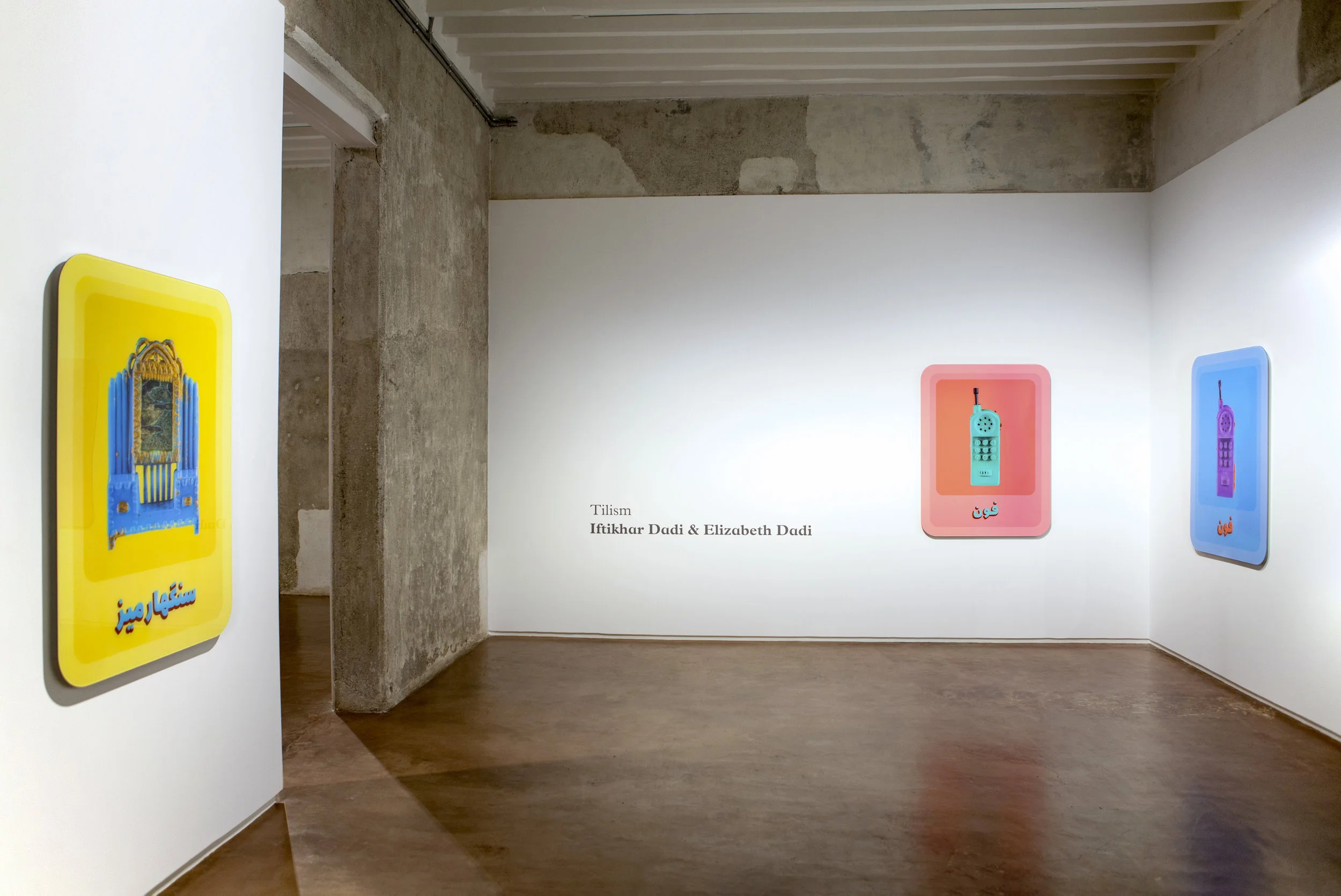TILISM
2018
Archival pigment prints on diasec
49 x 37 inches
Jhaveri Contemporary - Mumbai
John Hartell Gallery - Cornell University
tilism – an inanimate object transformed into its own world
Tilism is a series of large-format photographs of tiny plastic toys, scaled up to reveal the objects’ unusual materiality—marbled plastic, strange fluorescent colors, and irregular form. Created in small workshops in the informal sectors of South Asian cities, the toys are made with recycled plastic granules to which new colors have been added. The molds have been used far beyond their capacity for reproductive fidelity. The toys are machine-molded, but appear handmade, rendering uncertain the division between the craft and industrial objects. Their branding and origin remains a mystery.
The photographs are surface-bonded with acrylic, creating a high-gloss finish reminiscent of slick advertising. Their layout acknowledges the legacy of mid-century color field painting by artists such as Joseph Albers. By placing these humble objects at a much higher aesthetic register, the viewer is invited to reflect on the relation between material aesthetics and the life worlds they evoke.
In a standard macro photograph, much of a 3D object is rendered out-of-focus due to shallow depth of field. But here, each photograph is digitally stacked using twenty or more separately focused exposures into a single final image, resulting in uniform sharpness across the whole object. The original scale is thrown into question, and the distinction between the miniature and the life-size collapses. The Tilism series continues the artists’ investigation of South Asian popular culture and informal production.
Globalization is often understood as a process in which transnational brands replace local products. But this view overlooks its shadows—the largely invisible processes of labor, production, and consumption that transpire in the vast informality of the Global South. This is a realm of exploitation, but also one of immense productive capacities, in which branding and intellectual property regimes are constantly challenged by those who seek to fashion a world from affordable materials and inventive designs.
























